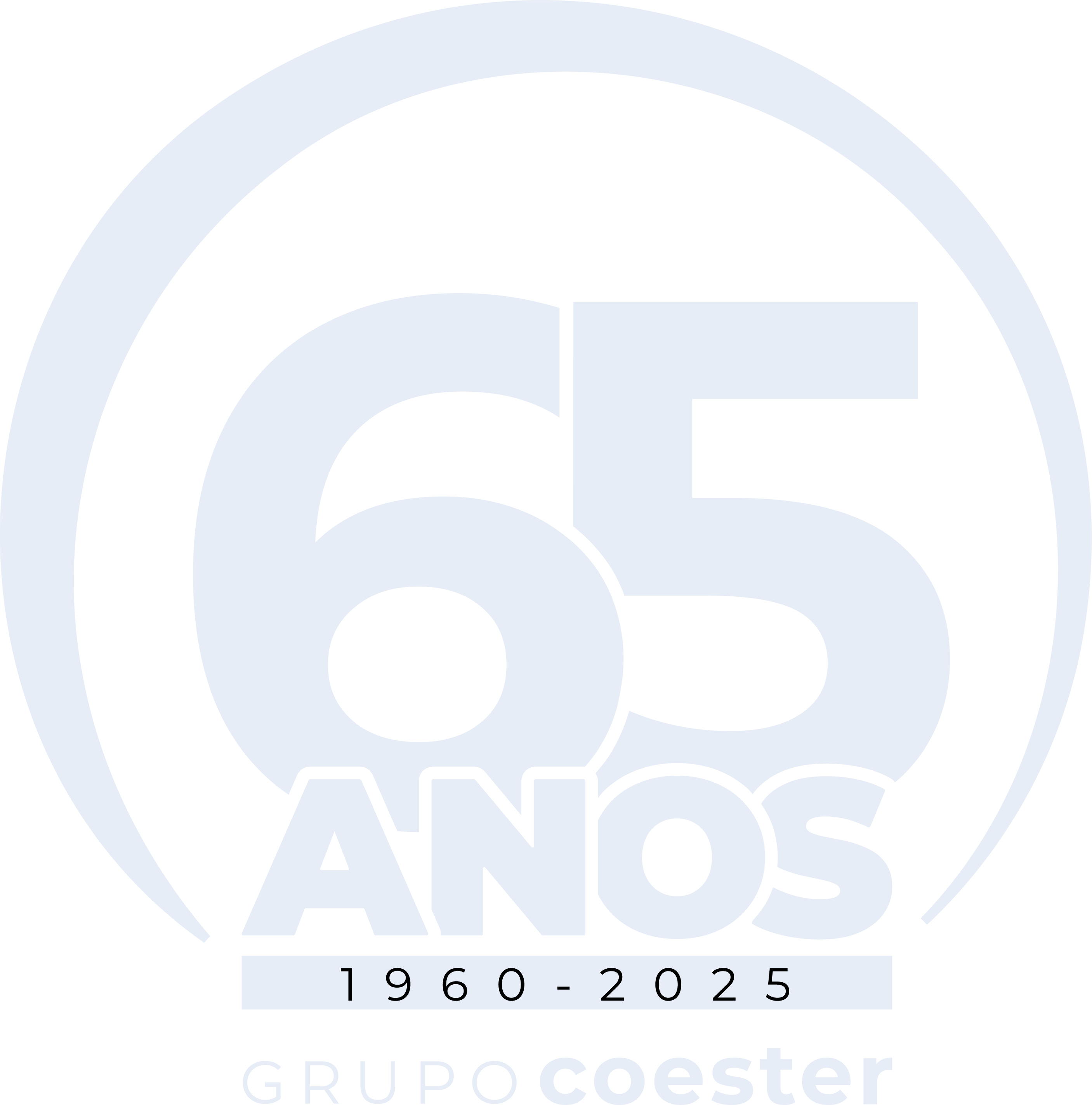Electric actuators are devices that convert electrical energy into mechanical energy. They are used in control and automation systems to perform tasks such as opening or closing valves and gates, moving platforms, and other mechanical operations.
They are important components in the industrial context, effectively contributing to the automatic control of various types of machines and equipment. In addition to influencing production agility, industrial automation also promotes greater savings and generates efficient control of the production process.
Electric Actuators are widely used in various devices and processes, such as actuating valves, gates, and similar equipment. Equipment driven by actuators exists in a wide variety of segments, such as water and sewage treatment plants, hydropower plants, food factories, and oil & gas plants, among others.
Actuators promote a number of advantages, such as increased productivity, improved product quality, cost reduction, worker safety, competitiveness, and monitoring capacity, in which they help in decision making.
Coester Actuators
Coester Electric Actuators stand out for their robust and modular mechanics, which allows their adaptation to various types of processes. Additionally, Coester has the International IP68 certification, which allows its actuators to be installed in environments subject to flooding, as this rating guarantees that the actuators can be submerged up to 5.5 meters deep for 144 hours without compromising its sealing. It also has the explosive atmosphere certification, which allows the actuators to be installed in classified areas, as well as an extensive supply voltage range ranging from 24 VDC power, allowing them to be powered by solar panels, to 680 VAC three-phase power, being adaptable to most plant power supplies.
The Coester Group has support and a manufacturing plant in Brazil, which also ensures greater agility in the part replacement and service. Additionally, it has a national R&D center, which enables the development of customized solutions to meet the needs and expectations of customers, automating new and existing valves, including developing mechanical adaptation solutions for all existing valve models, thanks to local engineering.
Currently, Coester has commercial representatives that are active across the country and in Latin America. The team is trained and has technical knowledge to assist customers in the best choice to meet their demands.
Learn more about the electric actuator models:
The actuators from the CSMxx Line are applied to quarter-turn valves, such as butterfly and globe valves. The actuators are classified according to their control, being Standard, Integral, or Smart.
Standard: actuators with simplified electronics that require external electrical panels for operation, their configuration being done through internal microswitches, which results in a more complex and more expensive installation.
Integral: actuators with local or detached operation panels up to 50 meters. The configuration is done via the panel, including digital inputs and outputs for communication with the automation system.
Smart: these are actuators that, in addition to having a local or detached panel up to 50 meters, have protocol-based communication via field networks with RTU Modbus, DP Profibus or Ethernet, such as Modbus TCP or EtherNet/IP. With exclusive characteristics developed for the RTU Modbus, which allows the communication of up to 200 devices through a single network cable.
All the models mentioned have a handwheel for manual operation and a mechanical position indicator, enabling the actuators to be operated even in the case of a power outage.
In addition to actuators, Coester develops turnkey automation solutions for its models, such as remote control systems for actuators with HMI, capable of controlling up to 40 actuators through a single device, and automation of filters in water treatment plants.






